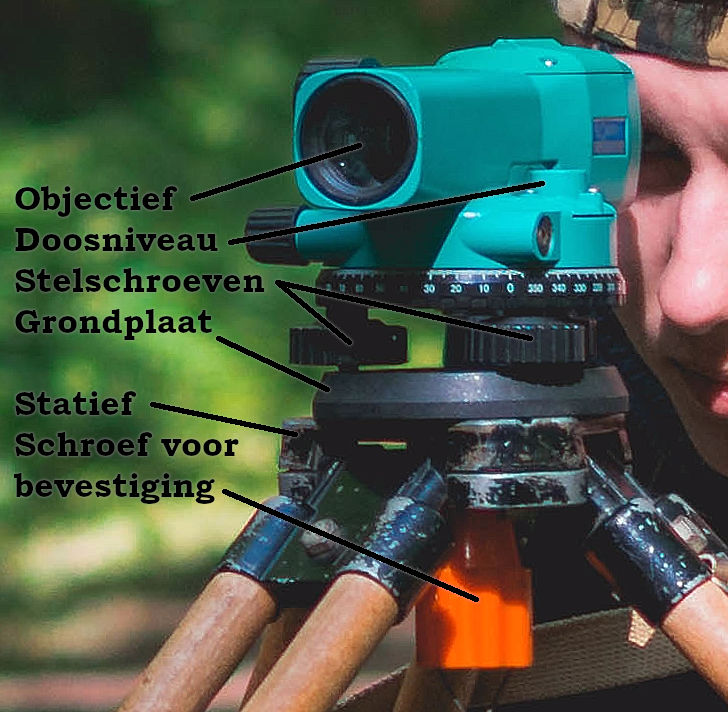Levelling Survey 1 is an introductory practical exercise in surveying that focuses on measuring and recording the elevation differences between points on the ground. It typically involves using a leveling instrument (such as a dumpy level, auto level, or digital level) and a levelling staff to determine height variations.
The main objective of Levelling Survey 1 is to familiarize students or trainees with the basic principles, instruments, and techniques used in differential leveling. This includes learning how to:
-
Set up and level the instrument
-
Take back sight (BS), intermediate sight (IS), and fore sight (FS) readings
-
Record data in a field book
-
Calculate reduced levels (RLs) using the Height of Instrument (HI) method or the Rise and Fall method
This foundational exercise is essential for developing the skills needed for accurate elevation measurement in various civil engineering and land surveying applications.
